Search
Multi-Species Grazing as an Alternative to Pasture Spraying
Broadacre spraying of pastures is intended to reduce undesirable plants and increase grasses for livestock. This practice often results in unintended consequences, including damage and reduction of native forbs and reduced profitability. One approach to managing perceived “weedy” plants is incorporating different species of livestock into a grazing operation.

Gluten Free Product Claim Guidance
While “gluten-free” is a voluntary claim that manufacturers may choose to use in the labeling of their foods, FDA’s gluten-free food labeling rule specifies what the claim actually means on a food label.
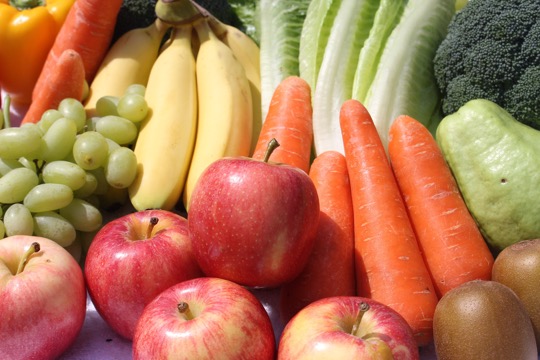
Double Up Bucks Program Launches in Grocery Stores across South Dakota and North Dakota
May 28, 2021
The launch of the Double Up Dakota Bucks in grocery stores is the first of its kind in both North and South Dakota.
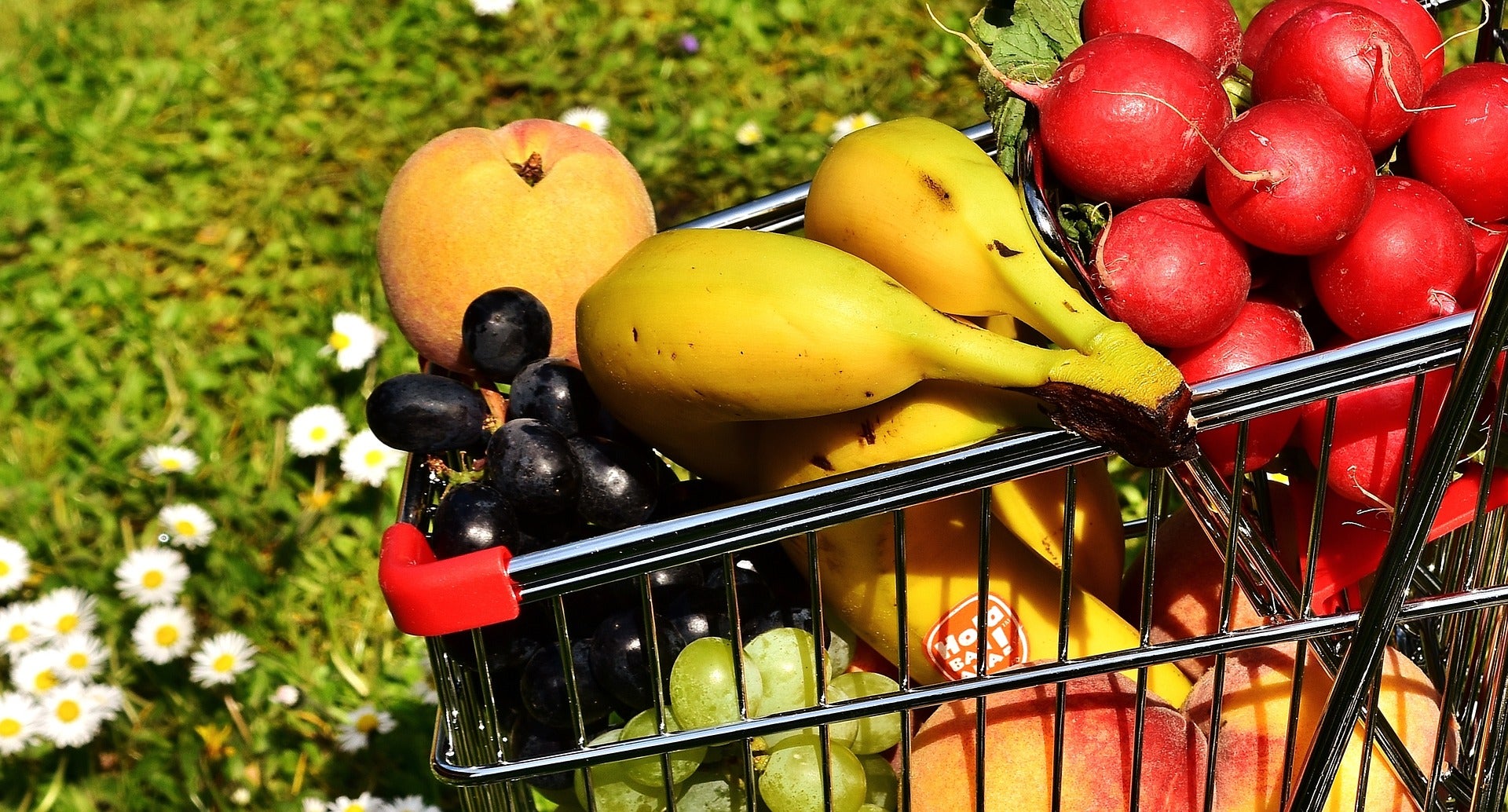
SDSU Extension Partners with Grocers for Double Up Dakota Bucks
February 22, 2021
Some South Dakota grocery stores are now offering participants of the Supplemental Nutrition Assistance Program (SNAP) a chance to double up on fresh fruits and vegetables.

What is Farm to School and Early Care and Education?
Farm-to-school enriches the connection communities have with fresh, healthy food and local food producers by changing food purchasing and education practices at schools and early childhood education settings.
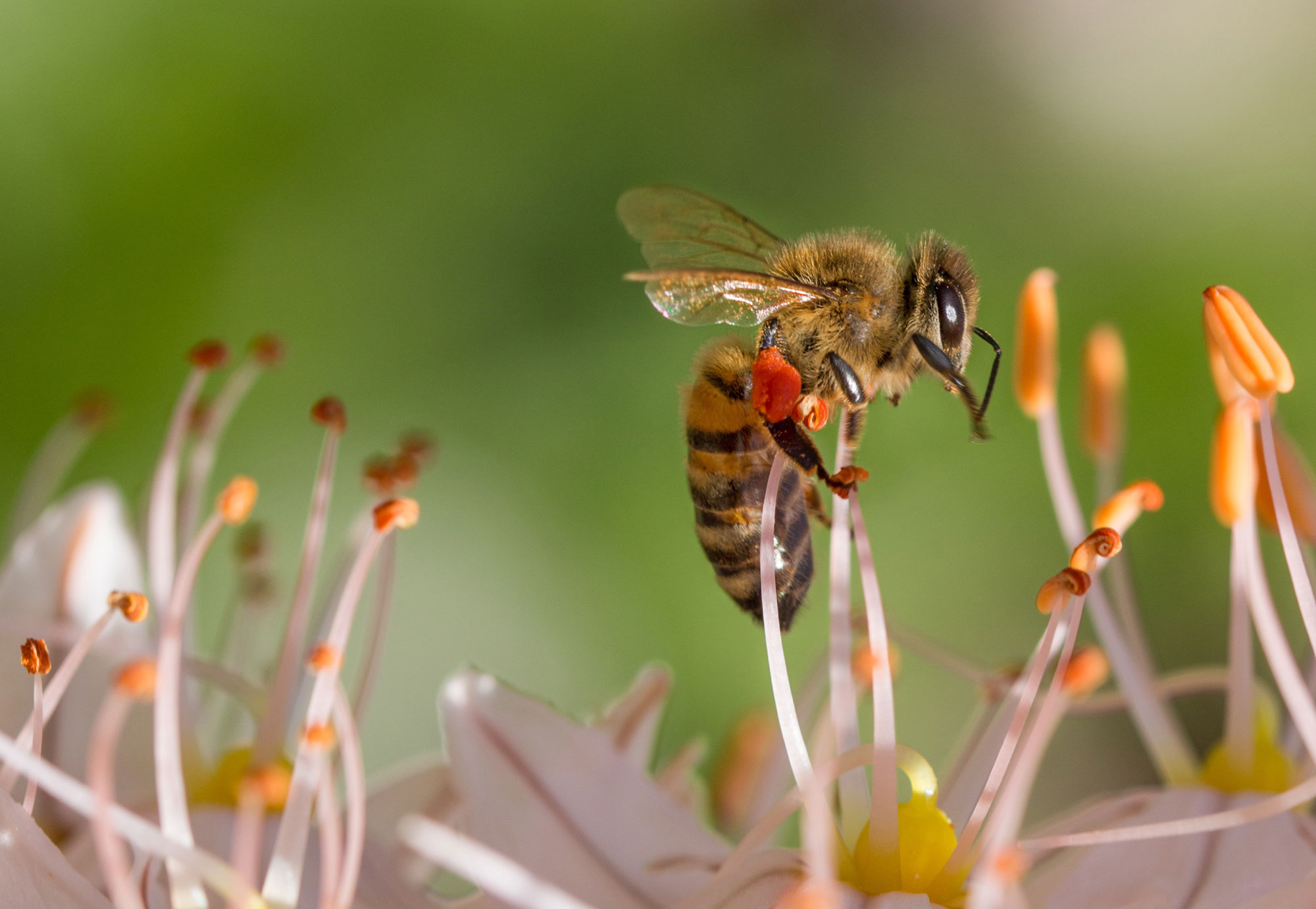
Pollinators Party
In this lesson, participants will learn how plants reproduce and how to identify pollinators that help plants.
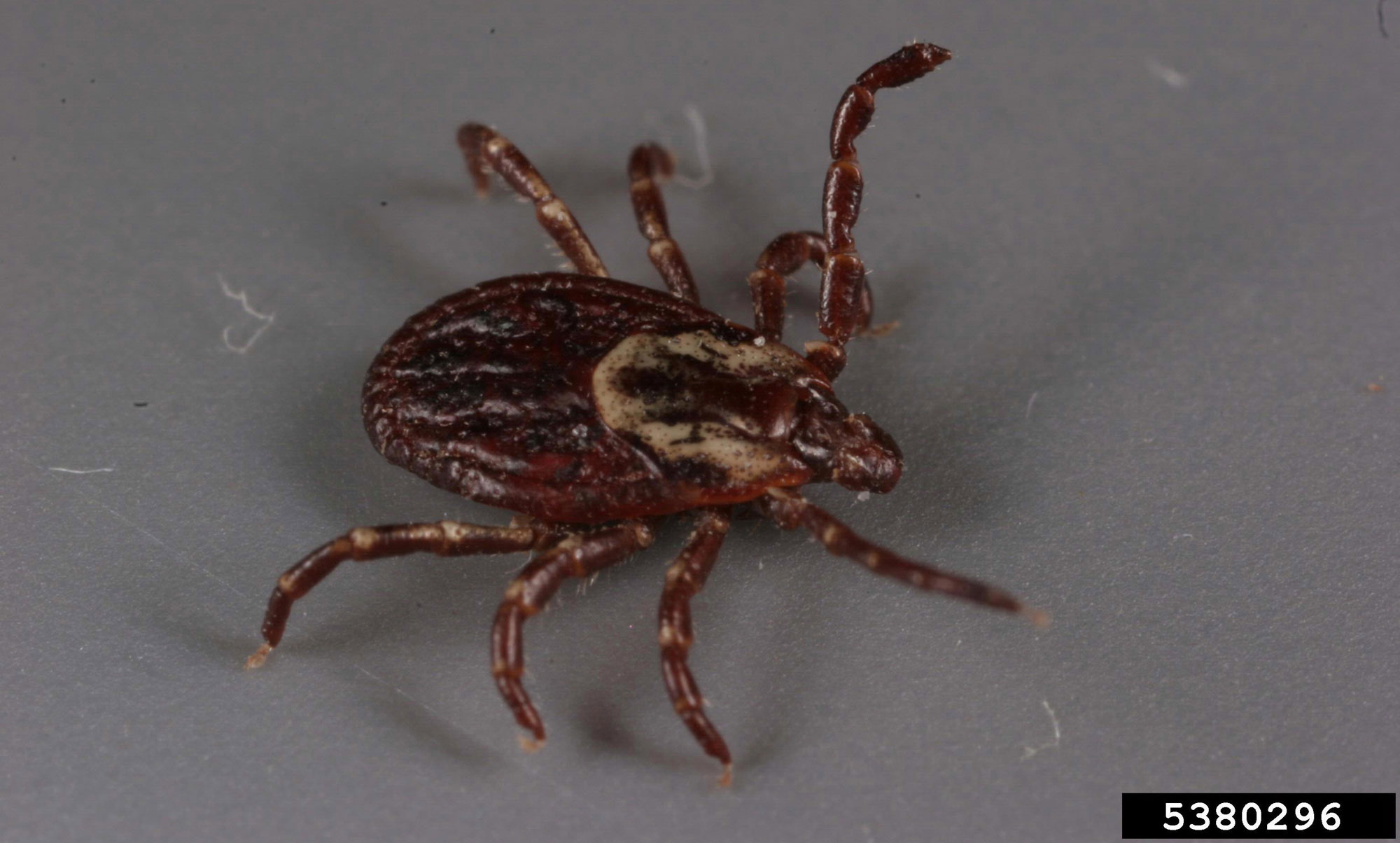
Ticks Becoming Active in South Dakota
The arrival of spring in South Dakota means warmer weather and more outdoor activities. However, it also brings an increase in tick activity.

Wasp Activity Is Ramping Up
With their distinctive black and yellow stripes and tendency to hang out in groups, wasps receive attention no matter the time of year. As the weather warms up and spring progresses, you may notice more wasp activity in your yard or around your house.
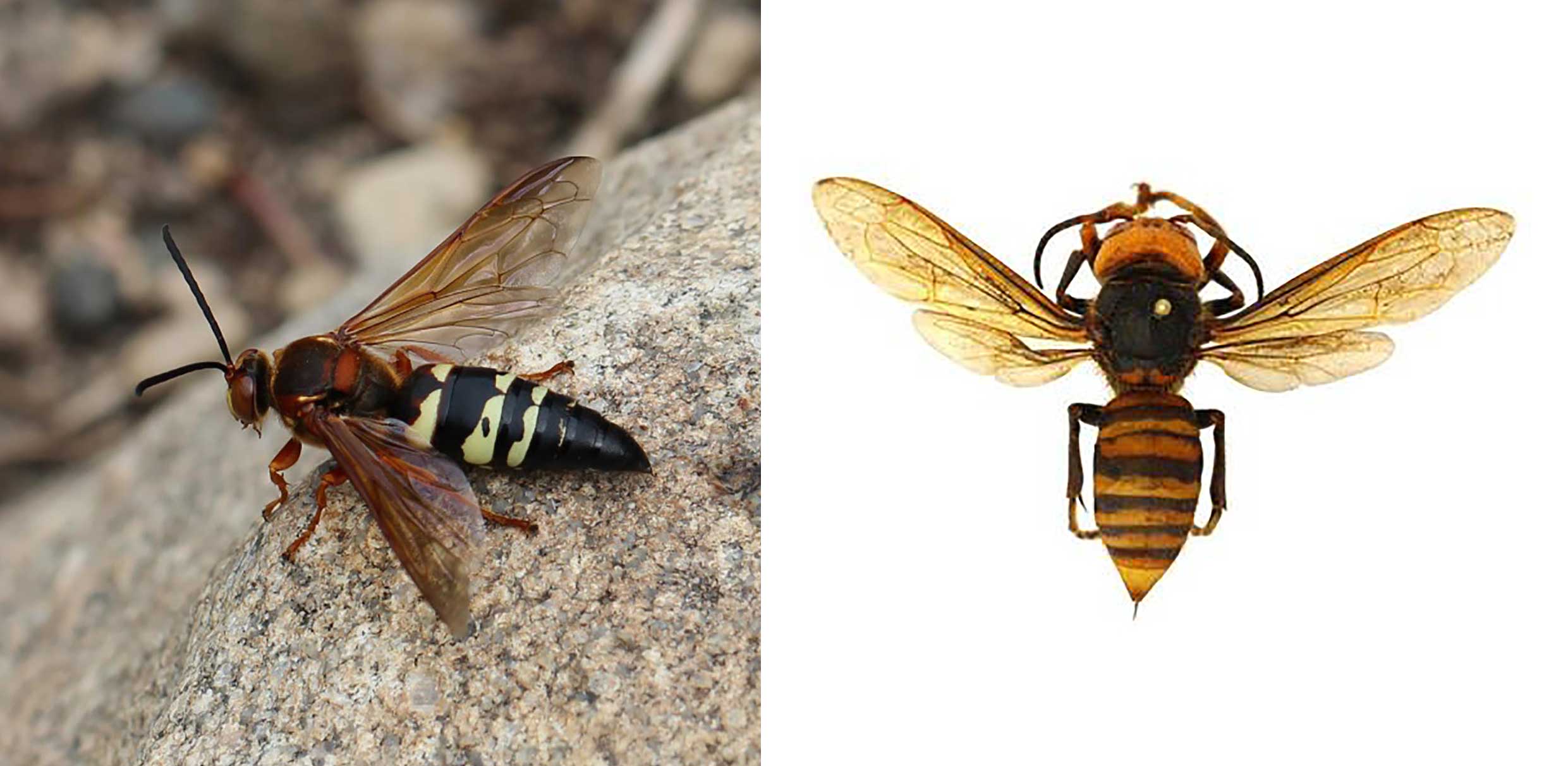
No, It’s Not a Murder Hornet.
By now, you’ve probably read headlines about the Asian giant hornets (aka “murder hornets”) that were spotted in Washington state and across the border in Canada. It is important to note that Asian giant hornets have only been confirmed in a small area of Washington and Canada. These wasps have not been observed in South Dakota or our neighboring states.
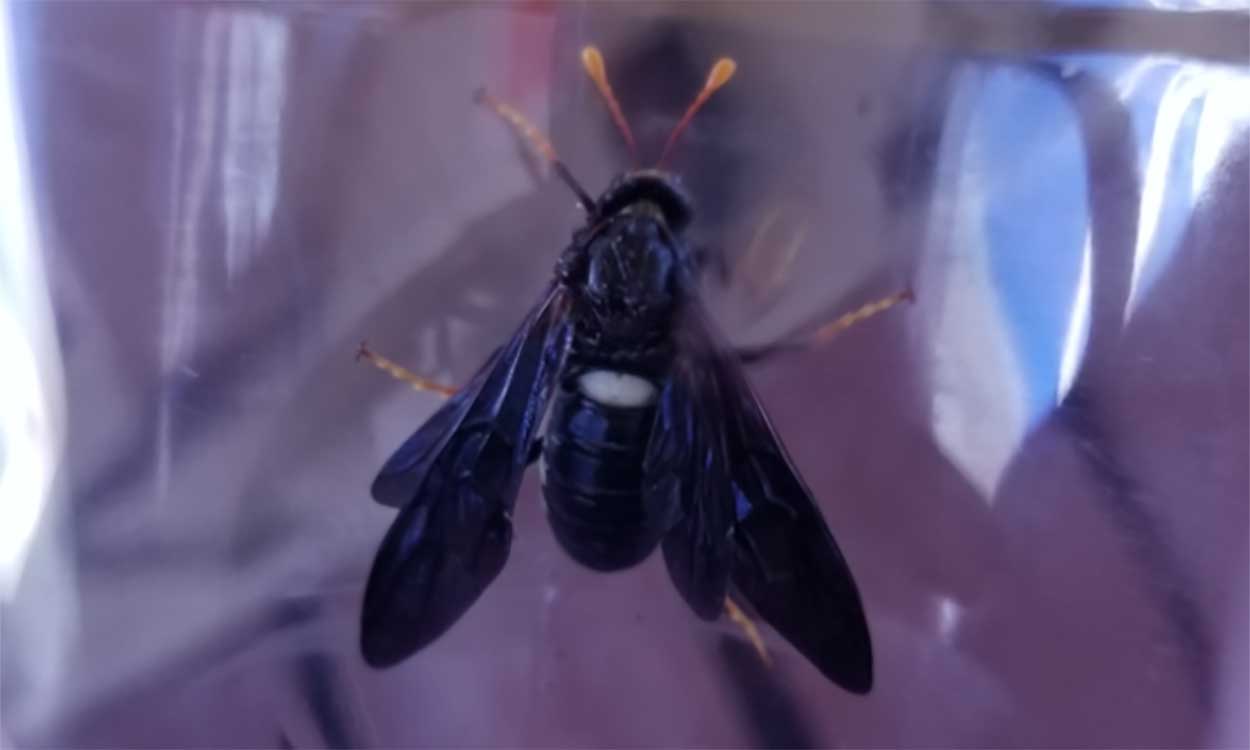
A fly? A hornet? Nope, it’s a sawfly!
This spring, there have been multiple reports of people seeing large fly-like insects in their yards. These insects are sawflies, and all reports thus far have been the elm sawfly (Cimbex americana).